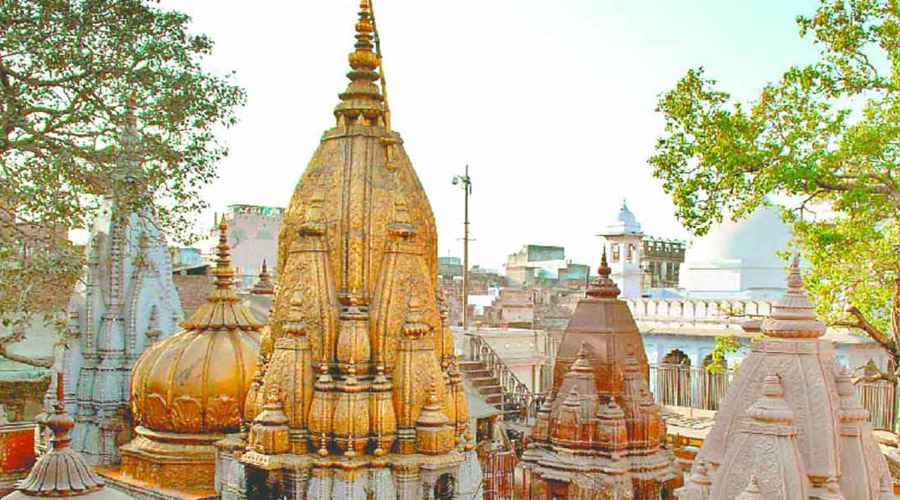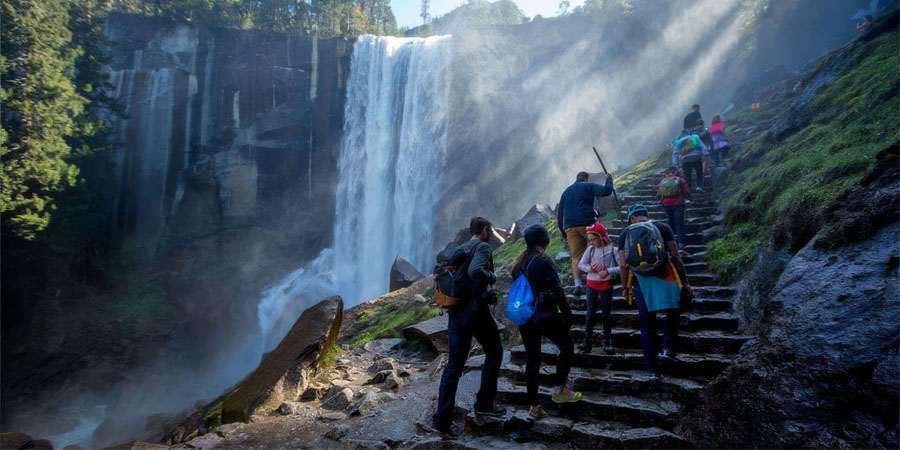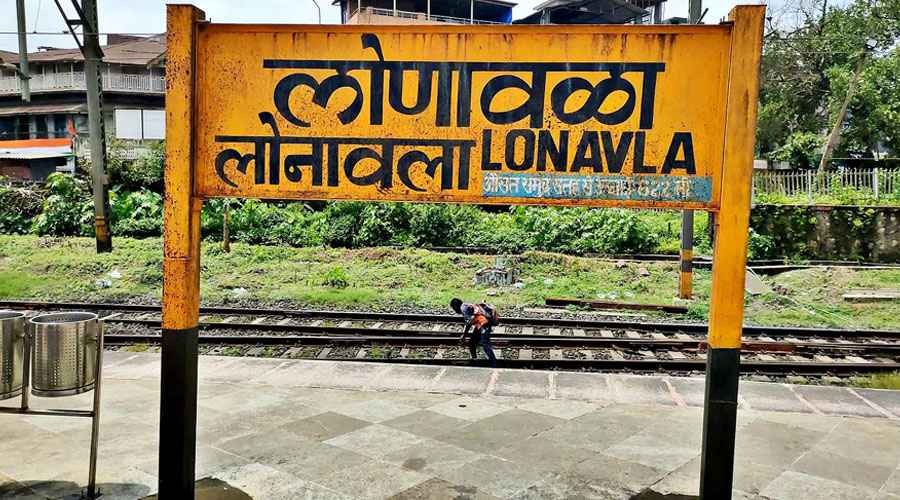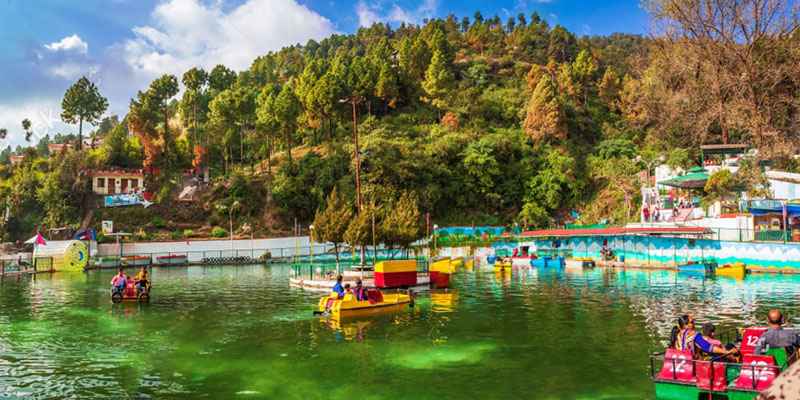Shri Kashi Vishwanath Temple, located on the western bank of the sacred Ganges in Varanasi, Uttar Pradesh, is one of Hinduism’s most venerated and ancient shrines, central to both spiritual tradition and the tapestry of Indian history. Known as the “Golden Temple” due to its gilded spires and domes, it stands as a powerful symbol of faith, resilience, and architectural splendor, attracting millions of pilgrims and visitors each year.
Origins and Mythology
The legacy of Shri Kashi Vishwanath Temple is intertwined with the mystical geography of Kashi (the ancient name for Varanasi) and the very idea of spiritual liberation (moksha). According to Hindu legend, Lord Shiva manifested himself at Kashi as Vishweshwara—‘Lord of the Universe’—to protect his devotees and grant them release from the cycle of birth and death. The Skanda Purana and other ancient texts mention the site as a place where Shiva’s jyotirlinga, one of the twelve sacred manifestations of the god, appeared in a radiant column of light. Pilgrims believe that a visit here, along with bathing in the Ganges, carries immense spiritual merit, potentially leading to ultimate liberation.
Historical Evolution
The recorded history of Kashi Vishwanath Temple is one of repeated destruction and renewal, echoing India’s tumultuous past.
- The earliest possible references to a temple at this site date back to antiquity, potentially to around the 6th century BCE or earlier, as evidenced by mentions in ancient texts and supported by archaeological findings in the region.
- The first major destruction occurred in 1194 CE by Qutb-Uddin Aibak, following his defeat of the Raja of Kannauj. Subsequent centuries saw cycles of rebuilding and ruin: rebuilt by a Gujarati merchant in the 13th century, again destroyed under either Hussain Shah Sharqi or Sikandar Lodhi in the 15th and 16th centuries, and substantially renovated during Akbar’s reign by Raja Man Singh in 1585 and Raja Todar Mal.
- In 1669, Mughal emperor Aurangzeb had the temple demolished, and the Gyanvapi Mosque was erected on its original site. Remnants of the ancient temple are still evident in parts of the mosque’s foundations today. The sacred Shivling was reportedly hidden in the temple’s well—Gyan Vapi (the well of wisdom)—to shield it from destruction.
- The current temple was constructed in 1780 by Maharani Ahilyabai Holkar of Indore, adjacent to the mosque, marking a new era of revival for the sacred precinct. Over the years, several Indian rulers—including Maharaja Ranjit Singh, who donated more than a ton of gold in 1835, and the Rana of Nepal, who gifted the imposing statue of Nandi Bull—made significant endowments, further embellishing the temple complex.
Architecture and Structure
The Kashi Vishwanath Temple in Varanasi, India, is distinguished by its prominent golden shikhara and dome
The architectural style of the present-day Kashi Vishwanath Temple is Nagara, distinguished by tall, curving spires (shikharas) and intricate ornamentation—hallmarks of North Indian temple design. Painted hues of red and ochre complement the brilliance of the golden domes, creating a striking silhouette against the sky. The temple’s golden spires, a gift from Maharaja Ranjit Singh, became iconic features of Varanasi’s riverfront skyline.
The main sanctum houses the sacred Shivling, placed on a silver altar, surrounded by a quadrangle of subsidiary shrines dedicated to various deities. The famous Jnana Vapi (Wisdom Well) lies within the complex, steeped in lore as a source of divine knowledge and a refuge during times of crisis. An enclosed Sabha Griha (congregation hall) precedes the inner sanctum, facilitating the flow of devotees.
Surrounding the main temple are other significant shrines and the much-revered temple of Maa Annapurna, the goddess of nourishment, whose presence anchors the cultural narrative that no one in Kashi ever faces hunger—a benediction attributed to Shiva’s compassionate request.
Rituals, Festivals, and Cultural Life
The atmosphere at Kashi Vishwanath is perpetually vibrant. Daily rituals—from the pre-dawn Mangala Aarti to the elaborate Shringar Aarti in the evening—punctuate the temple’s life. The festive spirit reaches its zenith during Mahashivaratri, when pilgrims converge from across India for processions and ceremonial worship. Other major observances include Shravan month festivities, Kartik Purnima, and Diwali.
The temple precinct is not only a hub for rituals but also a site for philosophical discourse, classical music recitals, and encounters between pilgrims and learned sadhus.
Modern Developments: Kashi Vishwanath Corridor
Ganga Dwara, the stone gateway connecting Kashi Vishwanath Temple to the Ganges Ghats in Varanasi
A transformative chapter in the temple’s history is the recent development of the Kashi Vishwanath Corridor, which connects the temple to the ghats of the Ganges. This corridor, a broad and aesthetic thoroughfare of red sandstone, granite, and marble, spans a massive area and makes the temple easily accessible to visitors and pilgrims. It enhances the spiritual and visual connectivity between the temple, the river, and the city’s ghats, while providing space for meditation, cultural activities, and large-scale gatherings.
Spiritual Significance and Enduring Resilience
The Kashi Vishwanath Temple remains a luminous force in the spiritual imagination of Hindus worldwide. Its very existence, resilient in the face of invasions, reconstructions, and political upheavals, encapsulates the persistent energy of India’s devotional traditions. For millions, the temple is not just an architectural marvel but the living epicenter of Shiva’s mystical presence on earth.
Even today, devotees throng its portals, drawn by the promise of moksha and the enduring legacy of ancient prayers reverberating through marble halls. Its golden towers continue to glint in the sunlight as a testament to spiritual perseverance and the glory of Varanasi—the city where, as legend proclaims, time itself stands still, yoked forever to the divine.




